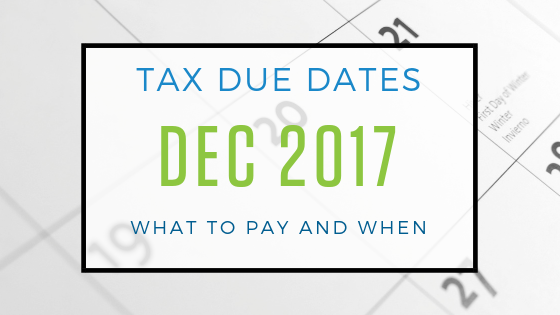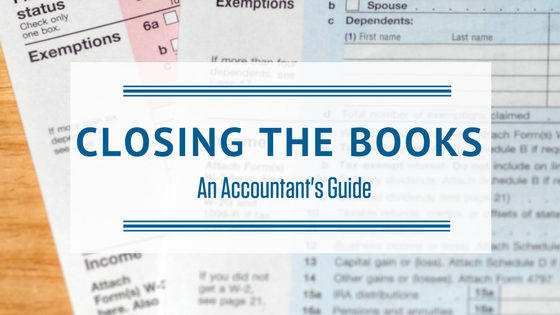7 min read
An End of Year Checklist for Small Business Owners
As the year draws to a close, many small business owners feel overwhelmed by tax-related matters. If these are not handled properly, it could result...
As 2017 comes to an end, accountants across the United States will work diligently to close out their clients' books, so that tax returns can be filed on time. As work stacks up, it is easy to miss a step in the closing process, which could cost your clients time and money. If you are a new firm owner, it is challenging to know exactly what to do, and you may even feel a bit lost. Below you will find an exhaustive checklist to adapt to your end of year closing process.
Should you be a small business owner, and not an accountant, the list below will give you a little glimpse into what we review in your file. No stone is left unturned as we close out the end of year; insuring that 2018 will be a great year for you and your business.
We document the heck out of our accounting files, in case the IRS comes knockin'. We use Hubdoc to automate the statement download for our clients and drop the files into a shared Box account for safekeeping. With 1 petabyte (or 1million gigabytes) of storage in Box, we have essentially limitless storage. We keep our clients' files up indefinitely, as there is no real reason to pull them down. We share our Box files with our clients and the CPAs that we work with, so that there isn't a struggle to get documents back and forth. Easy peasy!
The Income Statement (or Profit and Loss) shows the money moving in and out of the business. We want to be sure that the revenue and expenses are accurate so that we can report income properly to the IRS and plan for the future. It is important to not only look at the totals on a yearly Income Statement, but look at a month over month comparison. We do this to be sure that all transactions are in the correct period. Why? If you are looking for trends in the business, you need a true representation of the company's performance in the books. This means lump sum adjusting journal entries at the end of year won't do!
The Balance Sheet shows the financial position at a point in time. We can identify what the value of all assets, liabilities, and equity are by pulling this report. It is essential to not only validate the ending balances against their statements, but to validate balances in accounts that do not have statements.
For example, typically you do not have statements for Accounts Payable and Accounts Receivable. In fact, your accounting file is the source of truth. What happens if you look at your books and see a large balance in Accounts Receivable, but know that those clients won't be paying due to a dispute? Unless you write those balances off, your books will carry those invoices forward. Be sure to write off any aging past due receivable balances, so that your books accurately reflect what you believe you will able to collect.
End of Year Adjustments
Prior to sending the file to the CPA, we make sure that the books are in perfect shape. This means that we go the extra mile by validating that not only is our work accurate, but their work is represented in the file. Often times the CPA will have access to Xero, and will make end of year closing entries on their own. Should they not log into Xero to make these entries, we make the entries for them.
We also make sure that once the tax return is filed and we know that no more change will happen, we lock the books. This means that as of 12/31/17, no other entries can be made by anyone. This helps to preserve the integrity of the file, so that we can trust the books and taxes are in alignment.
Filing W2s and 1099s is our main goal in January. We make doubly sure that we have W9s from all vendors throughout the year, so that we don't have to request these at the beginning of the year. Once we know that everything in the file is accurate, and we have all contact details for all vendors, we electronically issue 1099s to save trees (no printing!) and money (no postage!).

7 min read
As the year draws to a close, many small business owners feel overwhelmed by tax-related matters. If these are not handled properly, it could result...

3 min read
As a small business owner, one of the most important things you’re responsible for is taking care of your taxes every month.

1 min read
As a small business owner, one of the most important things you’re responsible for is taking care of your taxes every month. If you don’t, Uncle...
